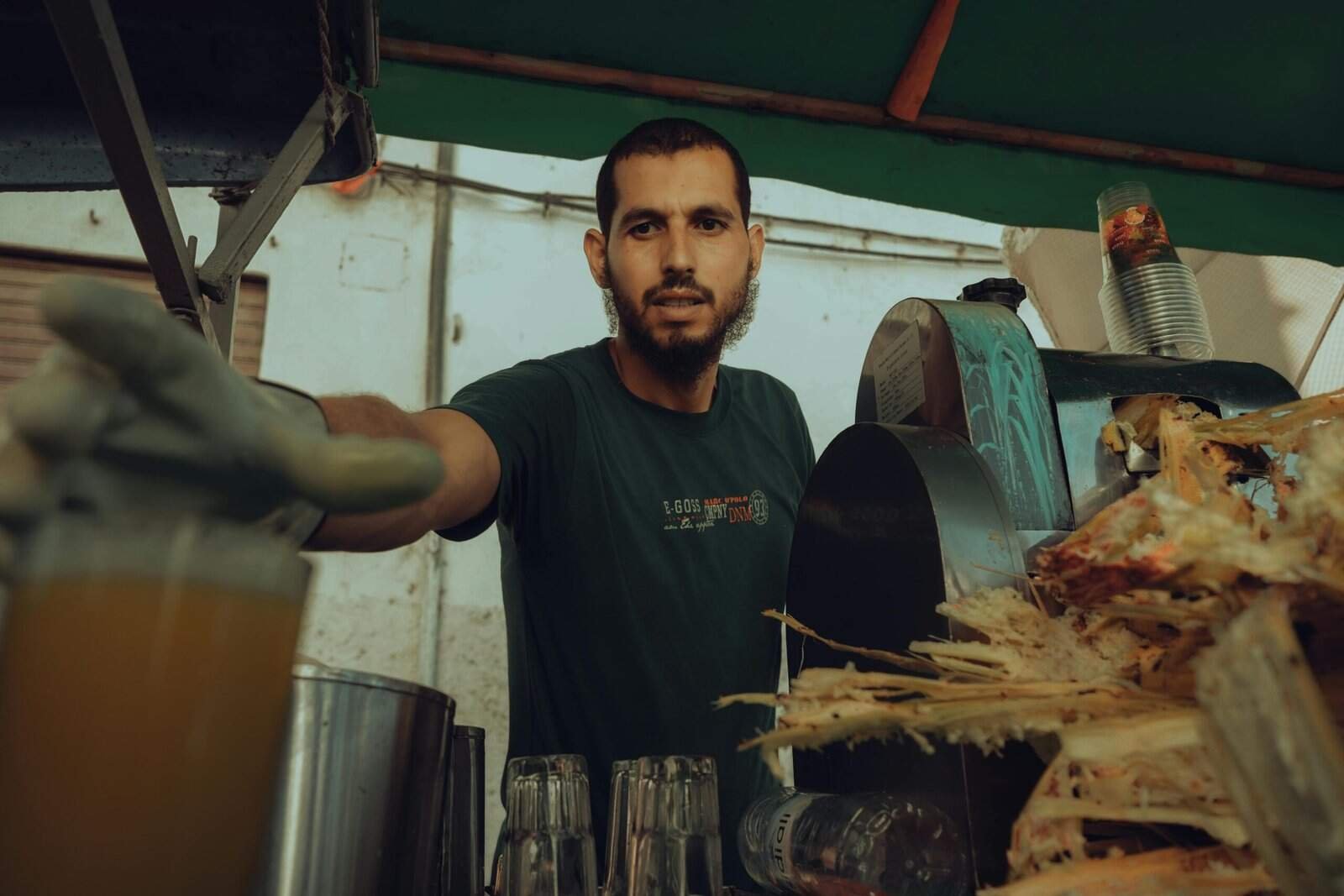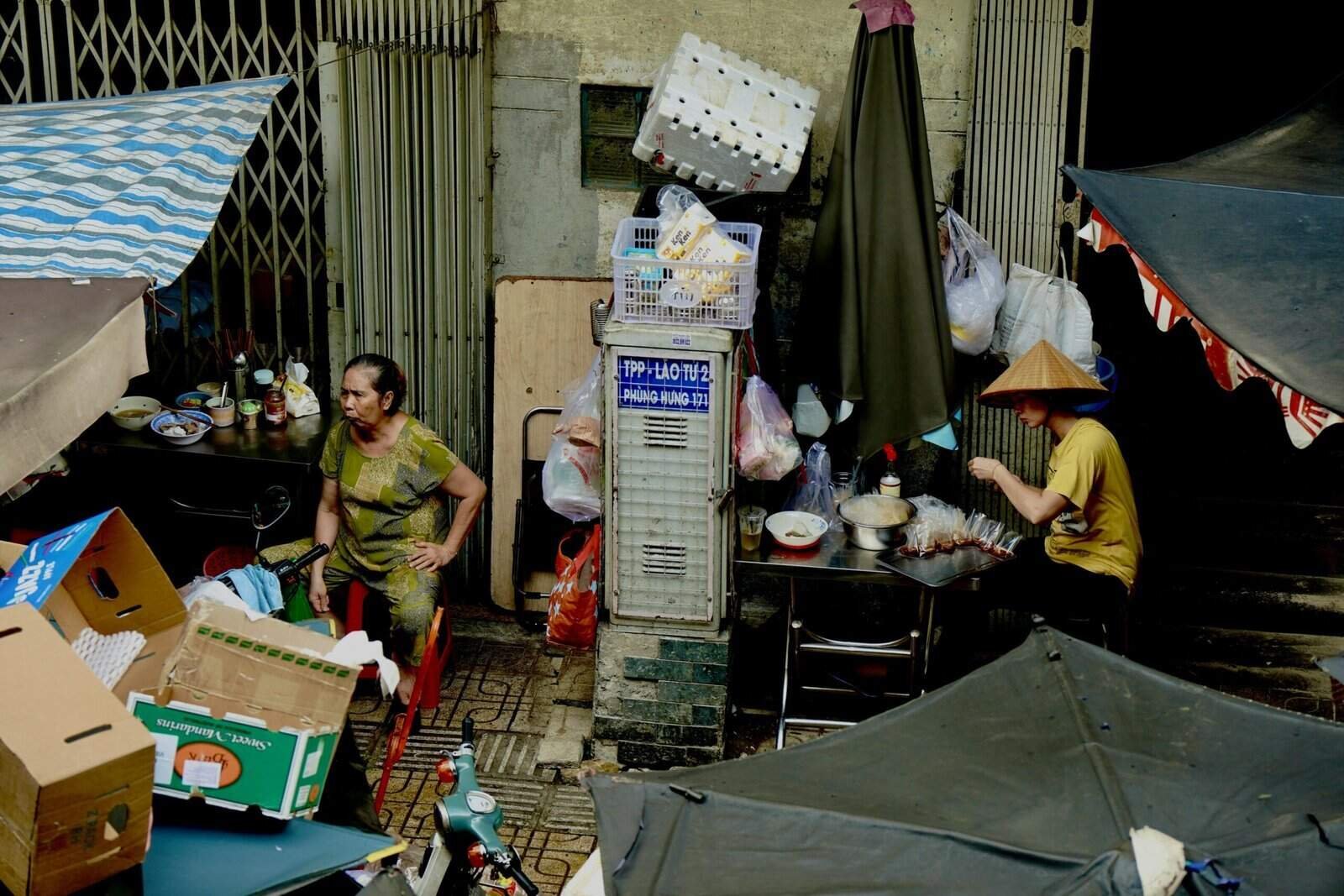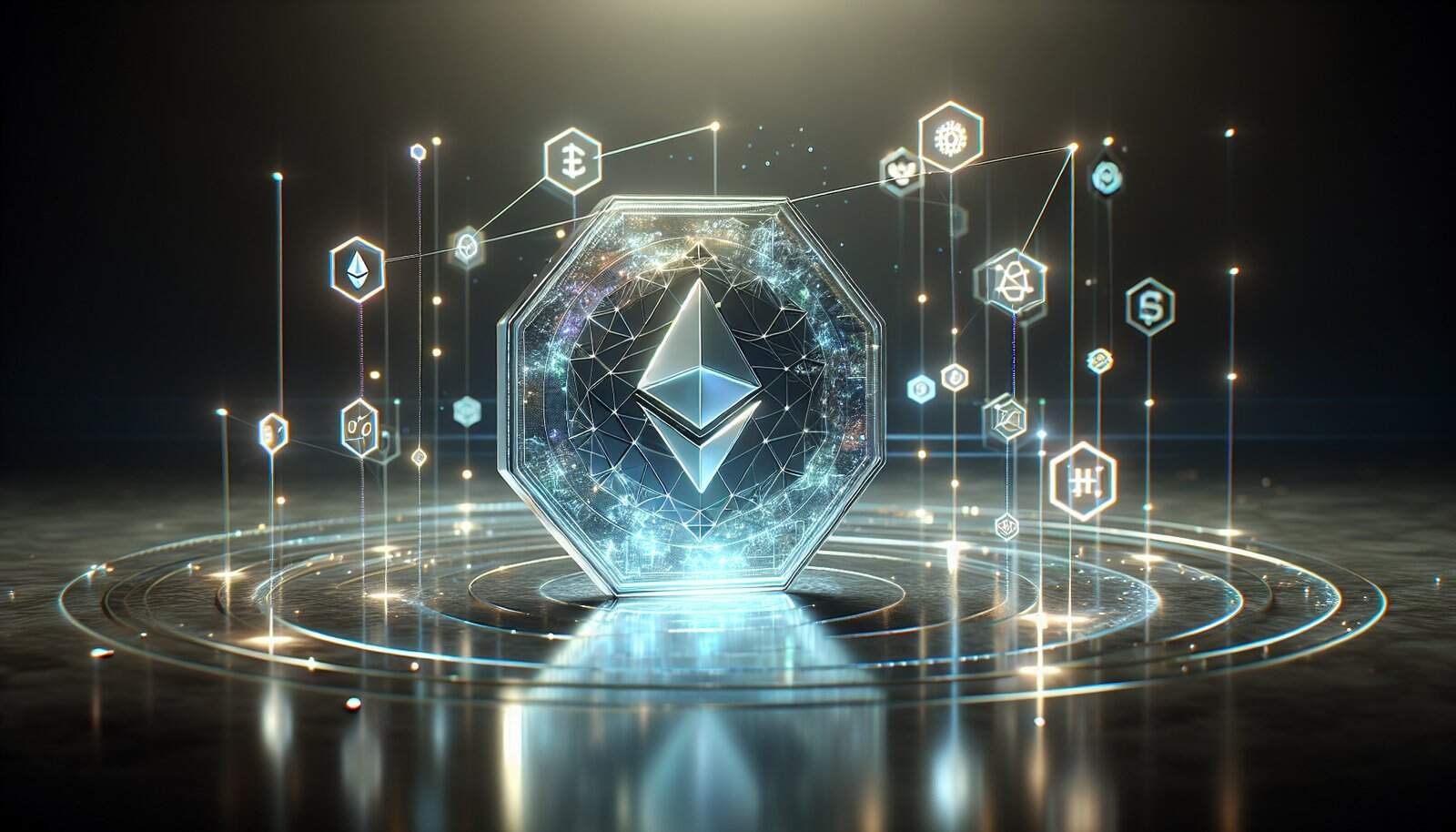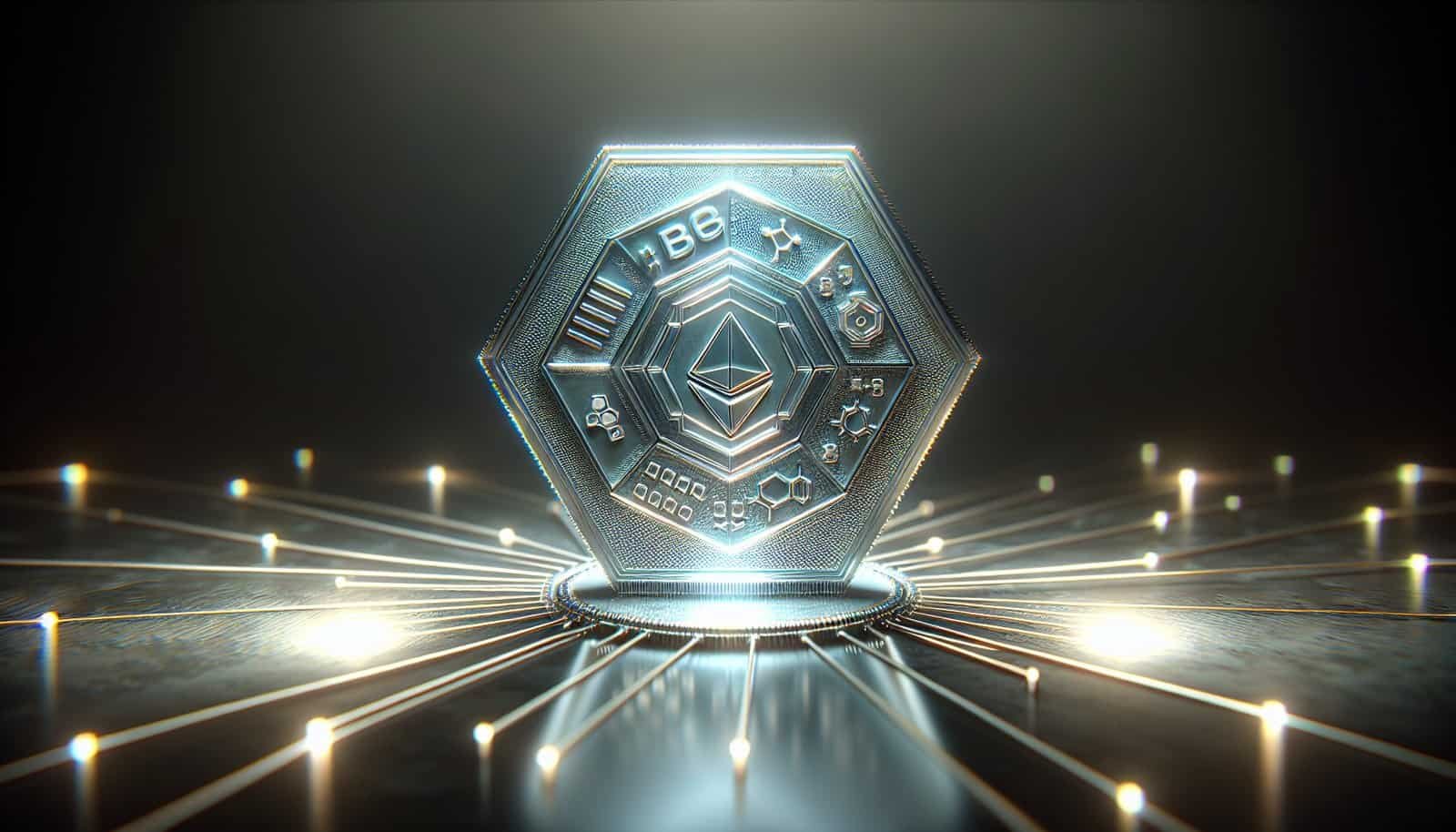Are you curious how a community-driven NFT marketplace supports multiple blockchains and what that means for you as a creator or collector?
Rarible – A Community-driven Platform With Multi-chain Support Including Ethereum, Polygon, Tezos, And Solana
Rarible is a marketplace that lets you mint, buy, and sell NFTs across several blockchains. You can interact with assets on Ethereum, Polygon, Tezos, and Solana, and participate in governance through the RARI token. This article explains how Rarible works, what the multi-chain approach means for you, and how to use the platform safely and effectively.
What is Rarible?
Rarible is a decentralized NFT marketplace built to give users a voice in platform decisions and to reduce barriers to minting digital assets. You can think of it as a community-driven hub where creators, collectors, and curators meet to transact digital art, music, collectibles, and other tokenized items.
Rarible focuses on user empowerment and governance, offering tools for minting without deep technical knowledge and incentives for participation. The platform emphasizes openness, letting anyone list NFTs and propose ideas to shape its future.

The community-driven ethos
Rarible uses governance tokens and community initiatives to let users influence platform policies. You can submit proposals and vote on changes that affect fees, features, and partnerships.
Because the community has a direct path to influence, decisions tend to reflect active participants’ needs. This encourages innovation, but requires ongoing engagement from users to keep the ecosystem healthy.
Why multi-chain matters to you
Multi-chain support means you can interact with NFTs on different blockchains within the same marketplace. For you, this translates to lower fees in some cases, access to diverse creator communities, and the chance to choose the chain that best fits your needs for cost, speed, and environmental footprint.
Each blockchain brings trade-offs. Ethereum is highly liquid but expensive; Polygon and Tezos offer lower fees; Solana provides high throughput. Rarible’s multi-chain model helps you take advantage of these differences without having to learn multiple marketplaces.

How Rarible works — core mechanics
Rarible functions as a platform where creators mint NFTs, collectors buy or bid on them, and curators help surface quality work. Smart contracts handle ownership transfers, royalties, and marketplace listings.
You’ll interact with Rarible through a web interface and a compatible wallet. Transactions are executed on the blockchain you choose when minting or buying. Rarible also supports lazy minting on some chains, meaning minting occurs at purchase time to save initial gas costs.
Minting NFTs
Minting is the process of creating a token that represents your digital asset. On Rarible, you can mint single (ERC-721) or multiple edition (ERC-1155) NFTs, depending on the chain and use case.
You’ll upload your file, add metadata (title, description, properties), assign royalties, and choose the blockchain. Rarible guides you through each step and can handle metadata storage via decentralized options like IPFS.
Listing and sale types
Rarible supports fixed-price sales, auctions, and offers. You can set a buy-now price, accept bids, or run timed auctions. Buyers can also make offers on items that aren’t explicitly listed for sale.
Smart contracts enforce the sale terms, and royalties are applied automatically on supported blockchains when a secondary sale occurs.
Royalties and creator rights
You can specify a royalty percentage when minting so you earn a cut on secondary sales. Rarible implements royalty enforcement at the contract level on many chains, ensuring creators keep receiving income as works change hands.
Be aware royalty enforcement varies by chain and marketplace adoption. Rarible’s contracts honor royalties on supported networks, but not all external marketplaces enforce them uniformly.
Multi-chain support: what each blockchain brings
Rarible integrates multiple blockchains to give you flexibility. Here’s how each chain generally compares, and what to consider when choosing where to mint or buy.
Ethereum
Ethereum is the largest NFT ecosystem and offers the most liquidity. You’ll find high-value collections and broad marketplace support here.
Pros: Broad adoption, strong liquidity, established tooling, widespread wallet support. Cons: High gas fees during congestion, slower finality relative to some newer chains.
Ethereum is the default choice for creators seeking maximum exposure and collectors focused on long-term market visibility. However, consider gas fees when minting and moving assets.
Polygon
Polygon (a layer-2 scaling solution) reduces fees dramatically while maintaining compatibility with Ethereum tooling. When you use Polygon, you’re typically paying much less in transaction fees while still accessing many Ethereum-native wallets and services.
Pros: Low fees, fast transactions, Ethereum compatibility. Cons: Some centralized components compared with pure L1s; potentially less liquidity for high-end pieces.
Polygon is effective for creators who want minimal barriers to entry and collectors who want to trade more affordably. It tends to host many utility-driven NFTs and community projects.
Tezos
Tezos is known for energy-efficient consensus and low transaction costs, which may appeal if you’re environmentally conscious. The Tezos NFT space values artistic communities and experiments in curation.
Pros: Low fees, eco-friendly proof-of-stake model, strong arts community. Cons: Smaller buyer base relative to Ethereum, different tooling and wallets.
If sustainability and lower minting costs matter to you, Tezos can be attractive. It typically appeals to niche art collectors and creators experimenting with new forms.
Solana
Solana offers high throughput and very low fees. Its performance makes it suitable for high-frequency transactions and interactive applications like gaming or social NFTs.
Pros: Fast, cheap transactions, growing ecosystem for apps and marketplaces. Cons: Different architecture and tooling; historically some network stability issues that have improved over time.
Choose Solana if you prioritize speed and low cost, especially for collections that require many on-chain operations or for communities building interactive experiences.

Table: Quick comparison of blockchains on Rarible
| Feature | Ethereum | Polygon | Tezos | Solana |
|---|---|---|---|---|
| Typical fees | High | Very low | Very low | Very low |
| Transaction speed | Moderate | Fast | Fast | Very fast |
| Liquidity / market size | Very high | Moderate | Niche | Growing |
| Environmental impact | Higher (but improving with ETH PoS) | Low | Low | Low |
| Best for | High-value collectors | Cost-conscious creators | Eco-conscious artists | High-performance apps & games |
This table helps you weigh the main trade-offs when choosing where to mint or buy an NFT on Rarible.
How to get started as a creator on Rarible
If you want to mint and sell NFTs, Rarible offers a guided process. You’ll need a compatible wallet, your digital file, and choices about blockchain, royalties, and sale mechanics. The platform aims to be accessible so you can focus on creativity rather than technical details.
Choosing a wallet
You’ll connect a wallet to mint or transact. Popular wallets include MetaMask for Ethereum and Polygon, Temple or Kukai for Tezos, and Phantom or Sollet for Solana. Make sure you choose the wallet that matches the chain you plan to use.
Always secure your seed phrase and consider using hardware wallets for higher-value collections. If you lose access to your wallet, you can lose access to your NFTs permanently.
Uploading and metadata
When minting, upload images, videos, or other file types. Add metadata like title, description, and properties such as attributes or unlockable content. Metadata can include links to high-resolution files or special perks for buyers.
Rarible stores references to files on chains and may use IPFS or other decentralized storage solutions to improve resilience and permanence.
Setting royalties and editions
Decide on a royalty percentage you’ll receive from secondary sales. Choose whether to mint a single edition or multiple copies. Editions can be useful for limited prints or subscriptions, while single editions often have greater collector appeal.
Consider the market and your promotional plan when setting royalties and edition sizes.

How to buy and sell on Rarible
As a buyer, you can browse collections, place bids, buy at a fixed price, or participate in auctions. Rarible’s interface shows details about provenance, royalties, and smart contract interactions that govern each item.
Searching and filtering
You can filter listings by chain, price range, rarity traits, and creation date. Use filters to narrow down works that match your budget and tastes. Check creator profiles and past sales to assess reputation.
Making offers and purchases
You can make an offer on items even if they’re not listed for sale, and creators can accept offers at their discretion. For fixed-price sales, you pay the listed amount plus any applicable fees. Auctions follow the creator’s parameters for reserve price and duration.
Be mindful of gas and transaction fees, and confirm the chain selected aligns with your wallet.
Secondary sales and royalties
When you sell an item you own, the transaction will often trigger royalty payments to the original creator automatically. Rarible enforces royalties within its supported contracts; however, cross-market enforcement depends on other marketplaces honoring those contract rules.
RARI token and platform governance
Rarible’s governance token, RARI, enables community participation in decisions. You can earn RARI through platform activities like buying and selling, then use it to vote on proposals or delegate voting power to trusted curators.
Earning and using RARI
You may earn RARI rewards for marketplace activity and for contributing to community initiatives. Holding RARI gives you a voice in governance proposals that shape platform features, fee structures, and partnership strategies.
If you plan to be an active participant, stake or hold RARI to influence decisions and form coalitions with other users.
Governance mechanics
Governance typically involves submitting proposals and voting. Proposals can range from technical upgrades to fee changes and new integrations. Voting power is proportional to token holdings or delegated stakes, so community engagement matters.
Keep in mind that influential stakeholders may direct outcomes, and active minority groups can still shape specific areas through coalitions.

Fees, royalties, and costs to consider
Understand the fee structure before you mint or buy. Rarible charges marketplace fees, and blockchains impose gas or transaction fees which can vary widely.
Marketplace fees
Rarible applies a fee on sales to support platform operations. This fee varies by marketplace policies and may differ by chain. Always review the fee breakdown during checkout so you know the exact costs.
Blockchain transaction fees
Transaction costs depend on the network. Ethereum gas can be the most expensive, while Polygon, Tezos, and Solana are usually cheaper. Consider lazy minting options where available to move minting costs to the buyer, reducing your upfront expenses.
Royalty enforcement variability
While Rarible enforces royalties for NFTs minted using its contracts on supported chains, royalties may not be enforced off-platform. If maintaining royalty revenue is vital, choose chains and contracts with wider market adherence.
Security and safe practices
Protecting your assets and data should be a priority. You’ll handle keys, sign transactions, and interact with smart contracts, so practicing security hygiene will keep your NFTs safe.
Wallet safety
Never share your seed phrase or private keys. Use strong passwords for wallets and consider hardware wallets for larger holdings. Be cautious connecting your wallet to unfamiliar sites and review permissions before approving transactions.
Smart contract vigilance
Verify that contracts you interact with are official Rarible contracts or reputable projects. Malicious contracts can drain funds through crafted approval requests. Read transaction details in your wallet before signing, and if something looks off, cancel.
Scams and phishing
Scammers may impersonate creators or send fake links to trick you into signing harmful transactions. Always confirm URLs, check social profiles, and verify smart contract addresses via the project’s official channels.
Tips for creators to increase visibility and sales
You can use a mix of creative, technical, and community tactics to improve discoverability and sales on Rarible. Building relationships and being consistent helps.
- Build a narrative around your collection. Tell a story that resonates and communicates unique value.
- Engage with collectors on social channels and niche communities that align with your work.
- Collaborate with other creators to cross-promote and share audiences.
- Use metadata and attributes thoughtfully to help collectors filter and find your work.
- Consider limited edition drops, timed auctions, and events to generate attention.
Consistency matters more than a one-off promotion; sustained engagement builds trust and a fan base.
Tips for collectors to evaluate NFTs
When you buy, consider both artistic value and on-chain signals that indicate provenance and demand. Do your due diligence to avoid regrets.
- Check creator history and previous sales to understand reputation.
- Verify contract addresses and confirm royalty settings.
- Consider the chain’s liquidity for future resale; Ethereum tends to have broader resale reach.
- Look at metadata, rarity attributes, and ownership history to evaluate authenticity and appeal.
- Be mindful of gas and transfer costs if you plan to move NFTs between chains.
Collecting is a mix of personal taste and market awareness. Balance both to build a satisfying collection.
Rarible vs. other marketplaces
Rarible competes with marketplaces like OpenSea, Foundation, and Magic Eden. Its distinctness lies in community governance and explicit multi-chain support. Each marketplace has strengths, so your choice depends on priorities like audience size, fees, and curation.
Comparison highlights
- OpenSea: Massive user base and wide visibility, primarily Ethereum and Polygon; less emphasis on tokenized governance.
- Foundation: Curated and invitation-based, focused on high-end art and exclusivity.
- Magic Eden: Prominent in the Solana ecosystem with high transaction throughput and low fees.
Rarible’s hybrid model gives you governance involvement and a choice of chains, making it appealing if you value community influence and multi-chain flexibility.
Common issues and how to troubleshoot
You may encounter problems like failed transactions, wallet connectivity issues, or metadata display errors. Most problems stem from incorrect network selection, wallet permissions, or temporary chain congestion.
- If a transaction fails, check the network status and gas settings. Retry with adjusted gas or wait for lower congestion.
- If your wallet won’t connect, ensure you’re on the correct network and that browser wallet extensions are enabled.
- For metadata problems, confirm your file is uploaded properly and that the metadata link points to a valid storage location like IPFS.
If issues persist, check Rarible’s help center or community discussions for known outages and fixes.
Environmental considerations
If environmental impact influences your choices, note that blockchains differ in energy usage. Ethereum’s shift to proof-of-stake has reduced its footprint, and chains like Tezos, Polygon, and Solana generally consume less energy per transaction.
Choose a blockchain aligned with your values; many creators now highlight the chain used to reassure environmentally conscious buyers.
Regulatory and legal considerations
NFTs intersect with intellectual property, tax, and securities laws. You should be aware of legal implications for both creators and collectors.
- If you mint work that includes copyrighted material you don’t own, you may face takedown requests or legal action.
- Consider tax implications for sales and capital gains in your jurisdiction. Keep records of transactions for accurate reporting.
- Be aware that some jurisdictions may scrutinize token sales for securities compliance.
Consult legal or tax professionals if your activity becomes substantial or enters complicated jurisdictions.
The future of Rarible and multi-chain marketplaces
Rarible’s emphasis on community governance and multi-chain support positions it to adapt as NFT ecosystems evolve. You can expect continued integrations, smoother cross-chain flows, improved royalty standards, and better tooling for creators and collectors.
The platform’s success will depend on user engagement, security, and how well it balances decentralization with user-friendly design.
FAQs
Can you move an NFT between chains on Rarible?
Moving an NFT between chains typically requires a bridge or a wrapped representation; Rarible does not automatically transfer on-chain tokens across different blockchains. Check chain-specific bridging solutions and be aware of risks.
How are royalty percentages set?
You set royalties at minting; Rarible’s contracts enforce them where supported. Choose a percentage that reflects long-term earnings while staying market-competitive.
Do you need to pay gas to mint on Rarible?
Gas depends on the chosen chain. Ethereum generally requires gas; Polygon, Tezos, and Solana often have much lower costs. Rarible supports lazy minting in some cases so minting gas can be deferred to the buyer.
Is RARI required to use Rarible?
No, you don’t need RARI to create or buy NFTs, but the token gives governance rights and additional community incentives. Earning or holding RARI enables participation in platform decisions.
Final thoughts
Rarible offers a flexible, community-centered environment for NFTs across Ethereum, Polygon, Tezos, and Solana. You gain the freedom to choose chains based on cost, speed, and audience while participating in governance through RARI. Whether you’re a creator launching a collection or a collector building a portfolio, understanding the technical and social aspects of multi-chain NFTs will help you make better decisions.
Before minting or buying, verify wallets and contracts, calculate fees, and plan your promotional and legal approach. If you take security seriously and engage with the community, Rarible can become a valuable platform for expressing creativity and participating in the evolving digital-asset economy.
If you’d like, I can walk you through minting your first NFT on a specific chain, compare fee scenarios for Ethereum vs. Polygon for a planned drop, or outline promotional strategies tailored to your art style and target collectors.
